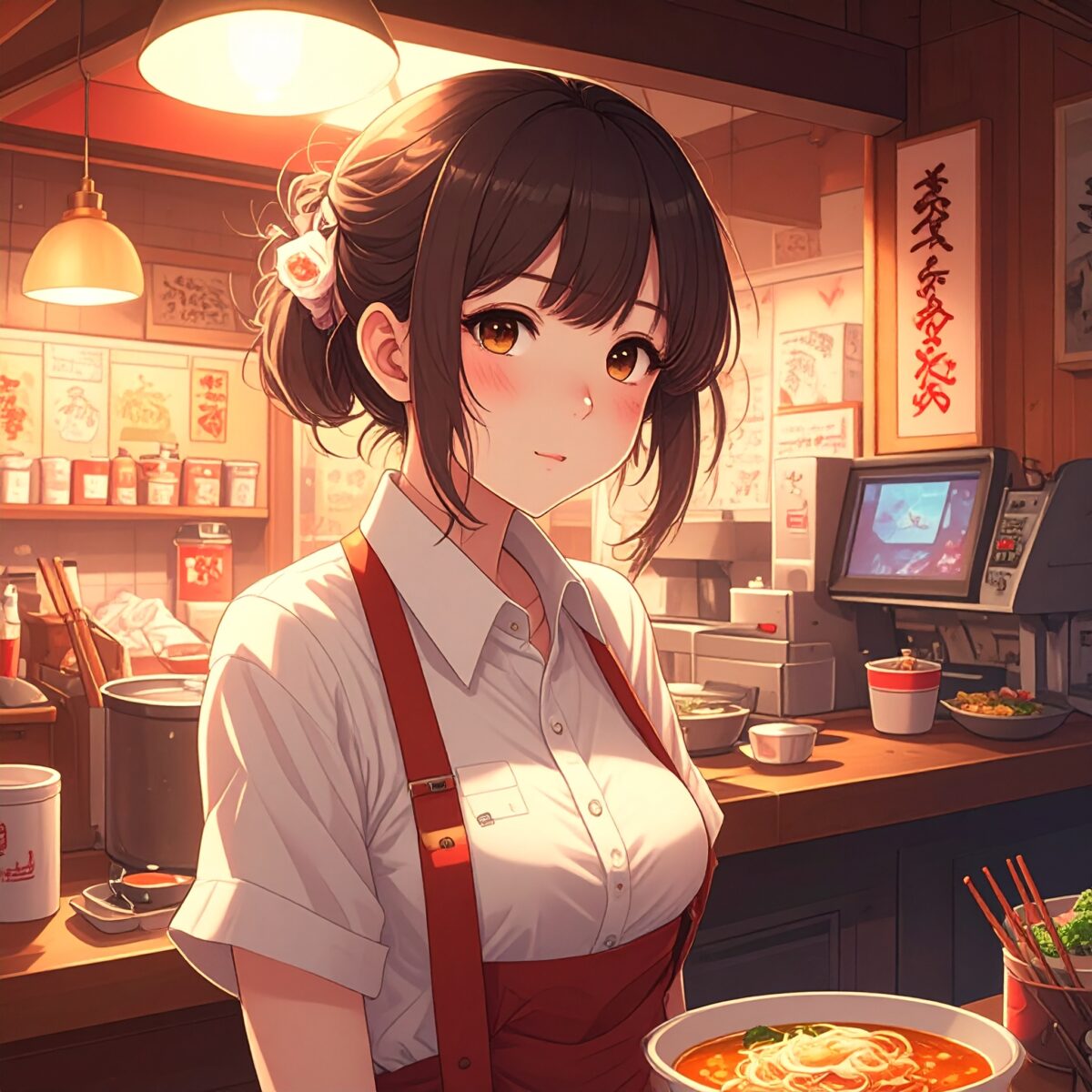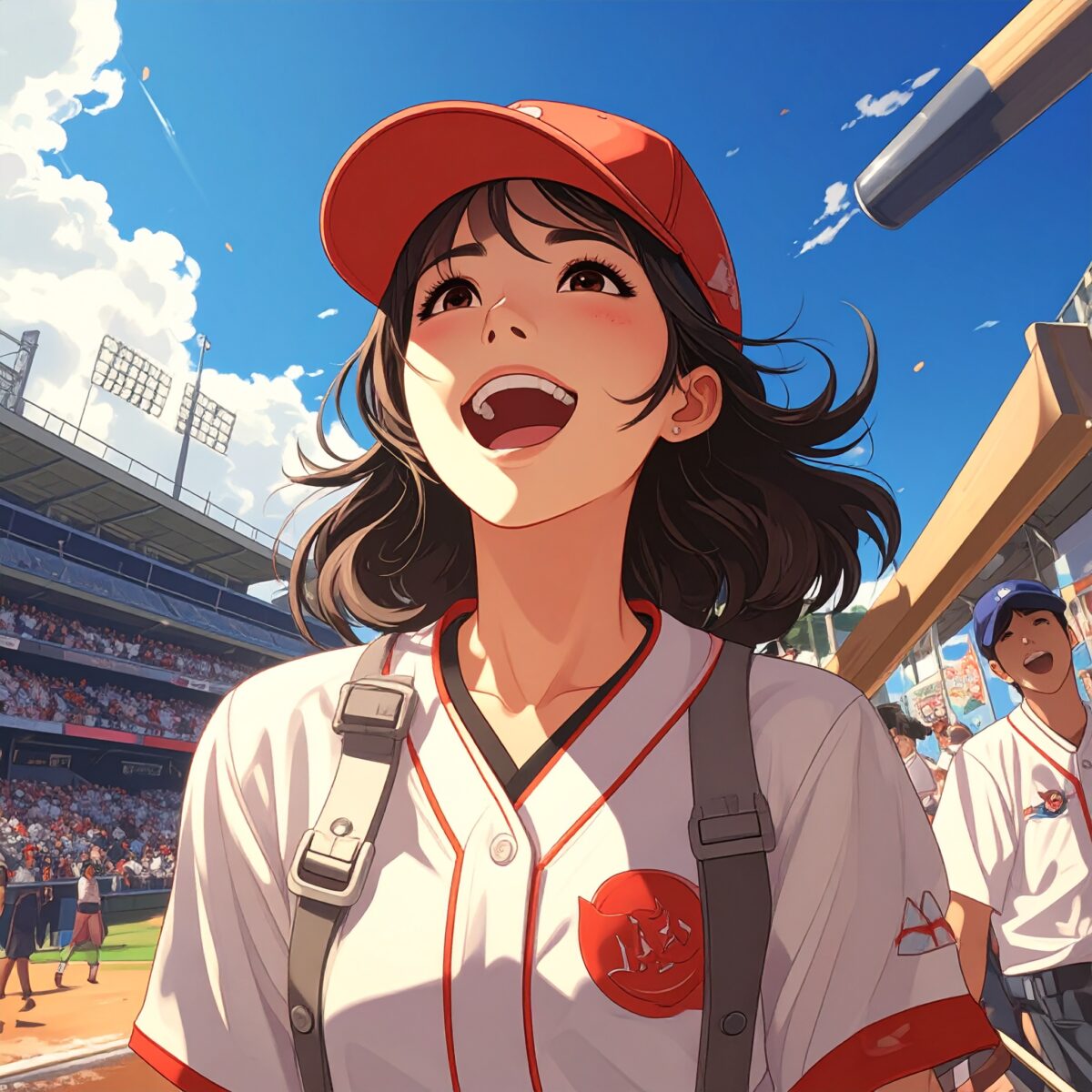“Half Rice and Soup Included?”—Decoding Japan’s Unwritten Rules of Set Meal Culture
For many foreigners visiting Japanese eateries for the first time, menus offering items like ramen with “half‑rice” or pasta with a soup side can seem puzzling. The idea of pairing a main dish with yet another carbohydrate—or a side that doesn’t obviously match—often...
Is “Omakase” the Ultimate Choice? Unpacking the Artistry of Trusting the Chef in Japan
In Japanese culinary culture, the practice of ordering omakase—literally, “I leave it to you”—is more than skipping a menu choice. It embodies a profound trust between diner and chef and represents an aesthetic in itself. Especially in cuisines like sushi, kaiseki, or...
No Solo Orders?” – The Unique Etiquette of Japanese Ramen Shops That Surprises Foreign Visitors
Many visitors to Japanese ramen shops are taken aback by a simple rule: ordering side dishes like fried rice or gyoza by themselves may not be allowed. You might try to buy only side items and get turned away, or see signs on vending ticket machines stating, “Please...
“You Cook It Yourself?” – The Charm and Curiosity of Japanese-Style Yakiniku
One of the first surprises for many foreigners visiting a Japanese yakiniku (grilled meat) restaurant is the realization that you cook the meat yourself. Instead of having chefs prepare the dishes in the kitchen, diners place their own slices of meat on a grill built...
Ordering Without Speaking: The Quiet Harmony of Conveyor Belt Sushi and Touchscreens in Japan
For many first-time visitors to a Japanese conveyor belt sushi restaurant, one of the most striking impressions is the quiet. Despite the crowd, the constant flow of sushi, and chefs working silently in the back, the atmosphere remains calm and composed. At the heart...
Ramen in 10 Seconds: The Culture of Speedy Dining in Japan
Japan’s dining culture is renowned for its astonishing swiftness—perhaps nowhere more so than in the experience of receiving a bowl of ramen just 10 seconds after ordering. While this might seem surreal to overseas visitors, for many Japanese, it’s simply part of...
Raw Egg on Rice!? Debating the Delicacy of Japan’s “TKG”
In Japan, tamago kake gohan—or “TKG,” raw egg mixed with freshly cooked rice—is a beloved and familiar household dish. While it may seem unusual or even alarming to those unfamiliar with eating raw eggs, TKG has long been a staple of the Japanese breakfast table....
A City of Vending Machines: The Everyday Culture Japan Barely Notices
One of the first things that astonishes many international visitors to Japan is the sheer number of vending machines. Tucked into quiet corners of residential neighborhoods, along remote mountain roads, near shrines, and on empty train platforms—they seem to be...
What “Yakyū” Speaks: The Spirit Behind the Kanji and Katakana of Baseball in Japan
The Japanese word yakyū—meaning “baseball”—carries a uniquely cultural depth that goes far beyond the name of a sport. It reveals how language itself can embody the spirit of a people. Written in kanji as 「野球」 or in katakana as 「ヤキュウ」, the word subtly shifts in nuance...
Japan’s “Amateur Baseball” That Could Change the World: Professionalism Woven into Everyday Life
In Japan, kusayakyu—or grassroots baseball—is far more than a casual amateur sport. Whether it’s a company club team, a community league, or a group of friends meeting on weekends, these games reflect a shared seriousness about “playing earnestly, even in fun.”...
A Different Kind of Cheer: The Passion and Order of Japanese Baseball Crowds
One of the first things that amazes visitors when stepping into a Japanese baseball stadium is the uniquely coordinated and deeply unified cheering style. Each team has its own organized cheering squad, complete with trumpets and drums, leading the crowd in perfectly...
Chants, Cleaning, and Running: Japanese Baseball Trains More Than Just the Game
In Japanese baseball, daily routines such as chanting, cleaning, and running—often seen as unrelated to performance—are, in fact, integral to a deeper philosophy of player development. These practices are not just about improving skill, but about shaping the way...
The Spirit of the Team That Lives on the Field: The Aesthetic of Japanese Baseball
In Japanese baseball, there exists an aesthetic that transcends wins and losses. It is not limited to the technical precision of play or the strategies on the field, but extends to the very soul of the team—etched into the sounds, the rituals, and the quiet respect...
Japanese Stars Thriving in the Majors: The Training Philosophy Behind Their Success
The success of Japanese players in Major League Baseball is more than a mere export of talent—it is a testament to the “philosophy of practice” cultivated through decades of Japanese baseball. What often astonishes international media is not just their technical skill...
Why Shohei Ohtani Is Truly Special: The Deep Strength of Japanese Baseball That Nurtured a Two-Way Star
Shohei Ohtani’s greatness cannot be explained by his physical ability or statistics alone. What elevated him to become one of the world’s most extraordinary two-way players is deeply rooted in the philosophy of Japanese baseball—one that emphasizes discipline,...



















